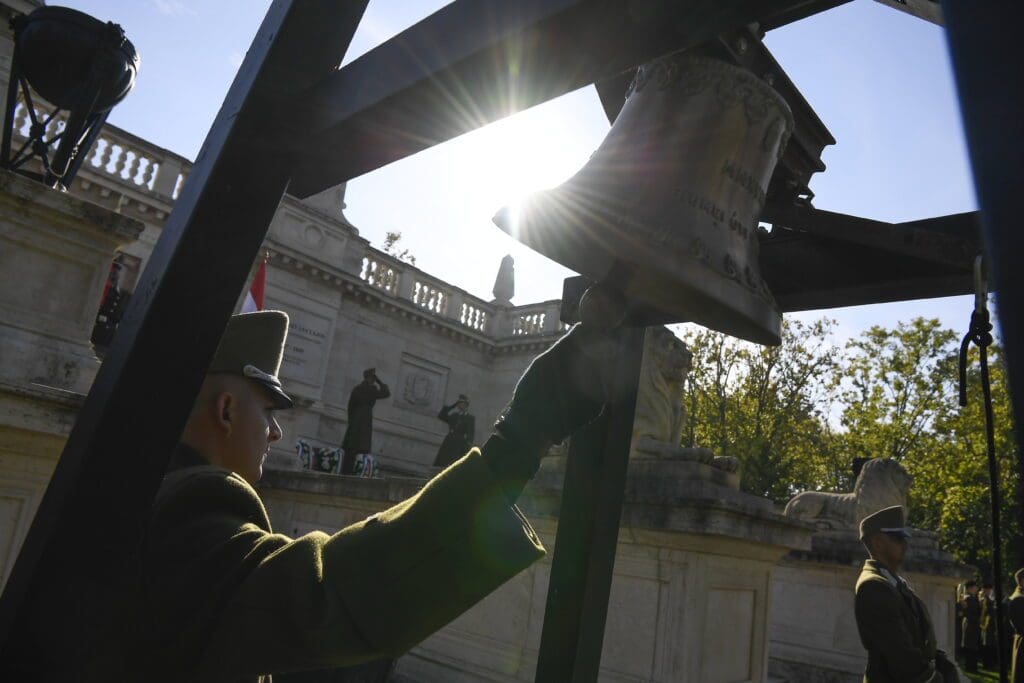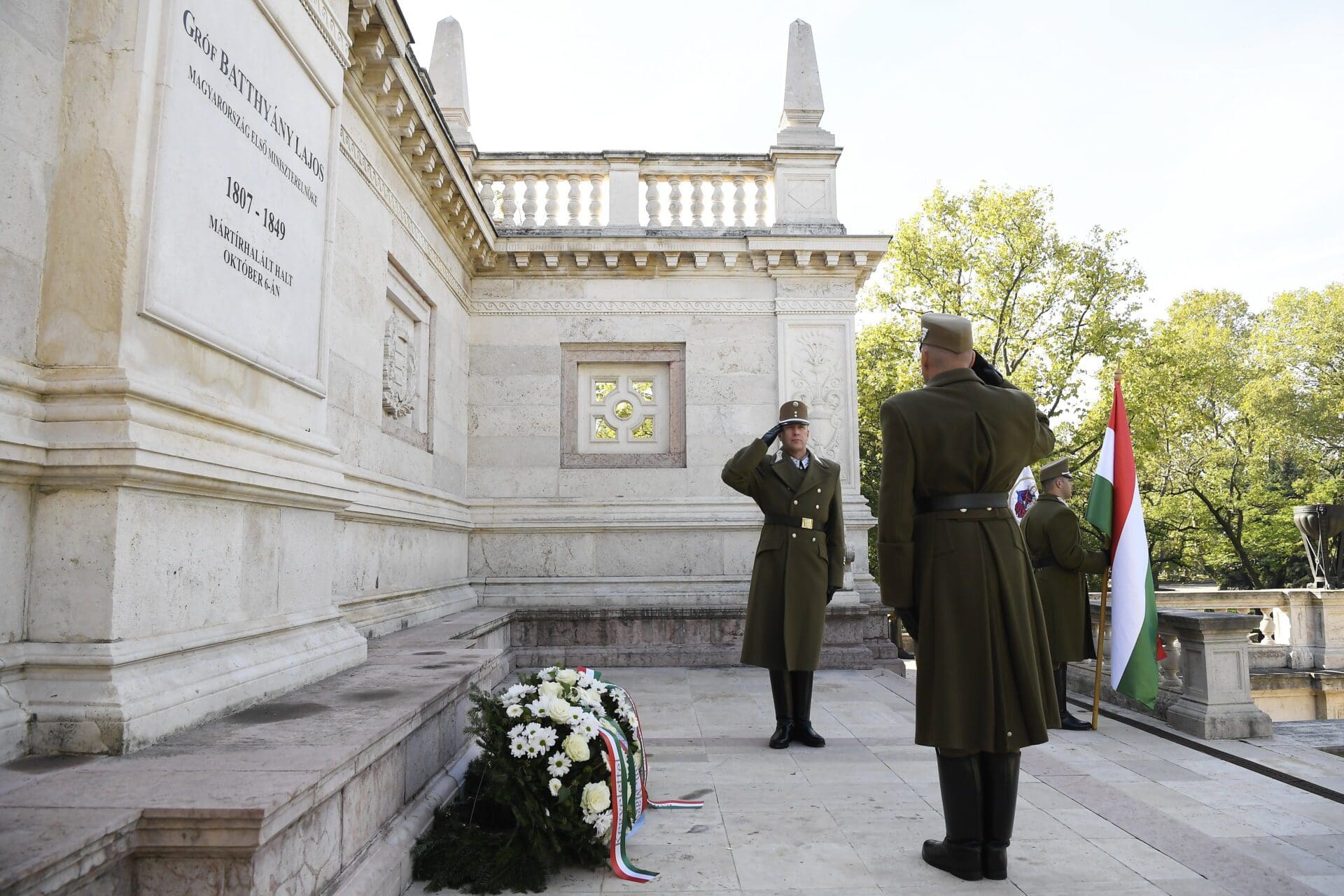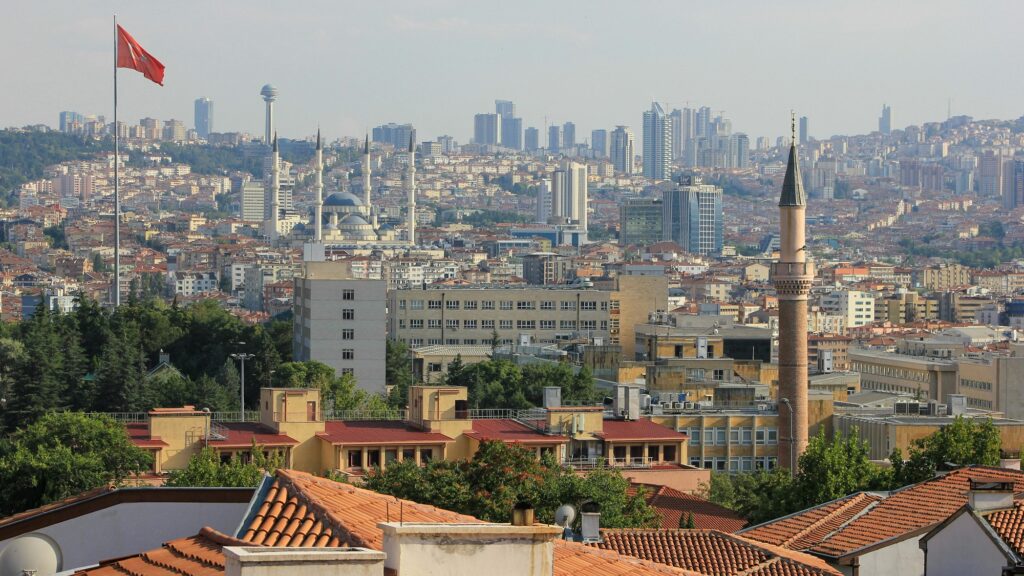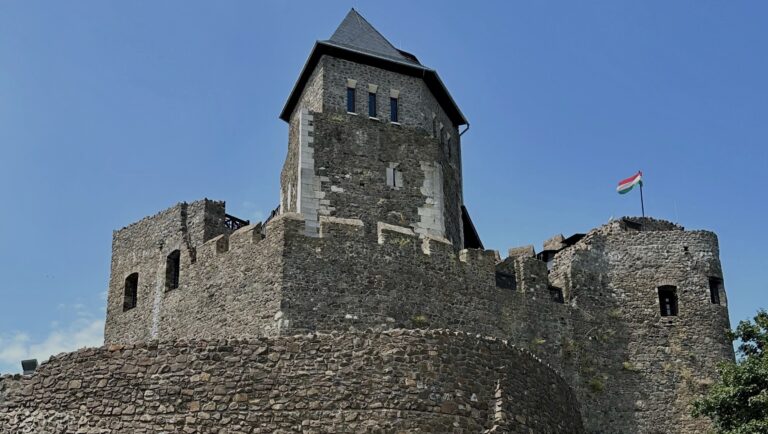The Thirteen Martyrs of Arad were Hungarian generals of the 1848–49 Hungarian Revolution and Freedom Fight who were executed by the Austrian Empire on 6 October 1849 in Arad. The 19th century Revolution and Freedom Fight is one of the most significant events in Hungarian history, as the struggle for independence and freedom that it symbolises is the core of Hungarian national identity to this day. The execution of these thirteen heroes of the struggle was ordered by the infamous Austrian general Julius Jacob von Haynau. The date of the execution, 6 October was selected to mark the first anniversary of the Vienna Uprising, which inspired the revolution in Hungary, and the murder of Theodor Baillet von Latour, Imperial Minister of War. The ultimate sacrifice of these thirteen great men in Arad became the symbol of the defeat of Hungary’s revolutionary struggle.
The names of the executed thirteen martyrs are: Lajos Aulich (1793 – 1849), János Damjanich (1804 – 1849), Arisztid Dessewffy (1802 – 1849), Ernő Kiss (1799 – 1849), Károly Knézich (1808 – 1849), György Lahner (1795 – 1849), Vilmos Lázár (1815 – 1849), Károly Leiningen-Westerburg (1819 – 1849), József Nagysándor (1804 – 1849), Ernő Pöltenberg (1814 – 1849), József Schweidel (1796 – 1849), Ignác Török (1795 – 1849), Károly Vécsey (1807 – 1849). Beside these thirteen canonical martyrs three other military officers were also sentenced to death for their role in the revolution. Colonel Norbert Ormai (Auffenberg) was the first to be executed after the crushing of the revolution: he was hanged on 22 August 1849—he is usually referred to as the ’First Martyr of Arad’. Colonel Lajos Kazinczy was executed on 25 October 1849, while lieutenant colonel Ludwig Hauk was put to death on 19 February 1850. Major general János Lenkey died in the Arad prison; he was not formally executed because he lost his sanity while in prison.

In a different location, in Pest, but on the same day Count Lajos Batthyány de Németújvár (10 February 1807 – 6 October 1849) was also executed. Lajos Batthyány, who was the first prime minister of Hungary, was executed after an unlawful show trial for the reforms he introduced during his prime ministership and participation in the revolution and freedom fight. Count Batthyány was the only martyr who was not hanged but executed by a firing squad after he attempted to commit suicide the day before his execution. The spot where he was executed, located just a couple of minutes’ walk away from the Hungarian Parliament, is marked with an eternal flame that burns in memory of his sacrifice. The memory of Lajos Batthyány’s life and sacrifice is hold very dear by Hungarian Conservative, as the Magazine is published by the Batthyány Lajos Foundation (BLA). BLA was created in the 1990s to honour Count Batthyány’s, the foundation’s spiritual father’s dedication to intellectual political discourse, Hungarian political traditions, and patriotism. About the life and sacrifice of Count Lajos Batthyány de Németújvár we have written earlier here.
The execution of these great men, and the repression and imprisonment of thousands of other freedom fighters served the purpose of making an example of them and deter any future movements for freedom in Hungary. The revolutionary struggle for liberty and independence was not in vain, however. The ideals of the freedom fight outlived the martyrs and set in motion a series of political developments in Hungary that led to the Compromise of 1867 that normalised relations between Austria and Hungary and, according to most historians, brought about one of the most peaceful and prosperous periods of Hungarian history. Since 2001, 6 October is recognised as a National Day of Mourning, when Hungary’s national flag is lowered to half-mast in Kossuth Square in front of the Parliament. Candles are lit at wreaths are placed at the memorial site where Batthyány was executed, while commemorative events are held in Hungarian schools to pay tribute to those who fought for our country’s freedom.








